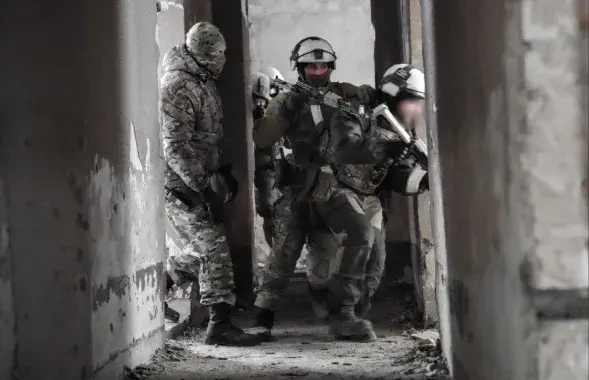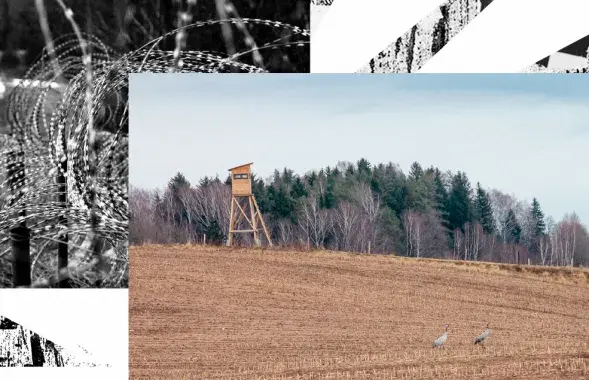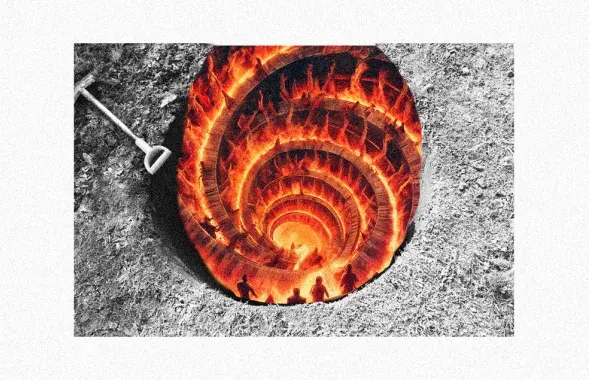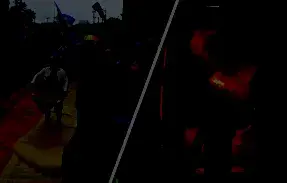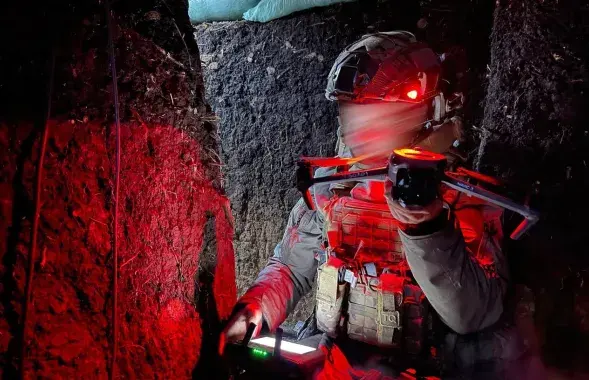Belarus traffice police introduce photo radars that Ukraine tries to ban
New radars Vizir are erroneous, experts in Ukraine have proved.
New radars with photo-fixation are being introduced in Belarus, because they provide more evidence in court, the traffice police in Mahilyou told the European Radio for Belarus.
But, it has turned out that Vizir radars can be banned in Ukraine, while drivers in Russia are also fighting against them. The point is that it can make mistakes.
"I was driving 60 km/h in town. I was stopped for speeding. They showed me a photo of my vehicle and the speed of 87 km/h. That could not be so", writes a surprised driver on one of forums.
The European Radio for Belarus asked a traffic police inspector from Mahilyou about how this radar operates. He said that if there is a huge flow of cars, the instrument works in the "nearest-target" mode and detects the speed of the first vehicle:
"Depending on the mode of operation, the radar can detect either a speedy target or the nearest target. Naturally, in a huge traffic flow, it will pick the one it can track".
It means that in the speeding-target mode the radar will lock on the vehicle that moves the fastest for instance at a distance of 400 meters but will take a snap of the nearest vehicle.
Aliaksandr Starychenka, the administrator of stop-gai.by, says:
"These are two different software. One program picks the speed, the other one takes a picture. If it has detected the speed, what is it going to take pickture of? The first vehicle. It will not see if it is the third vehicle that is overspeeding. Perhaps, it will be seen visually, but this is the machine".
When there are several vehicles on the radar screen, it is not allowed to scan the speed in Ukraine. Ukrainian expert Roman Pavlovich says that the manufacturers of video radars describe the "nearest target" as an object which reflects the radar's signal the best. And this object is not necessarily the nearest. That's why the radar can make a mistake.
What is the way out? Speed violations should be tracked. The way out was found abroad long time ago. In Europe, the police use the photo radars that use a laser beam reflected from a given vehicle. The Vizir radar tracks several vehicles at a time. The laser locates the speed of a certain vehicle, while the camera takes two snaps: driver and number plate. The fine is sent by the post and no one even argues.
